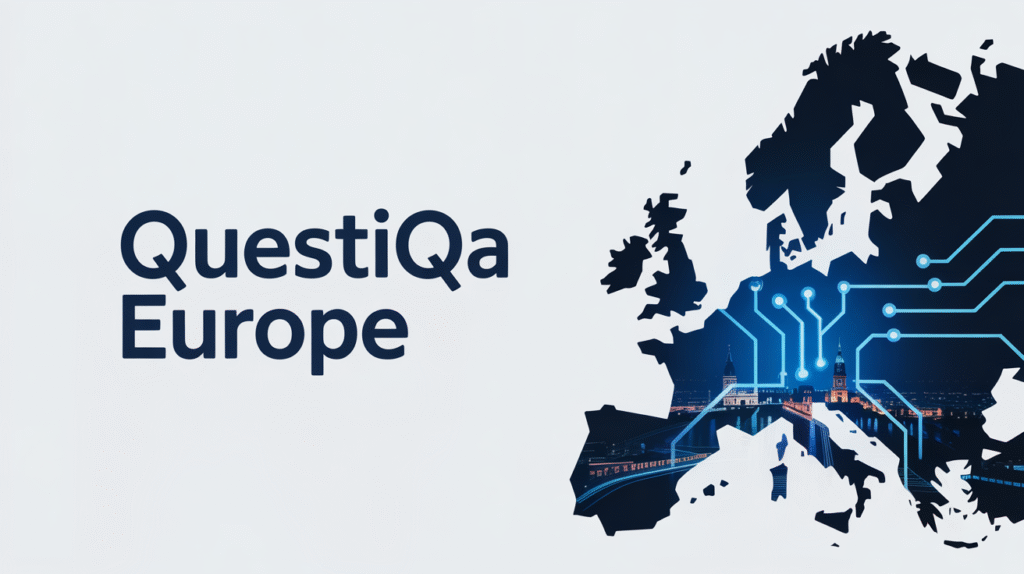Summary – The European Union is promoting eSIM technology to reduce roaming charges and enhance connectivity for travelers in 2025, aiming to spur tourism spending and regional economic growth.,
Article –
The European Union (EU) is actively advancing the adoption of embedded Subscriber Identity Modules (eSIMs) among travelers within its member states, aiming to eliminate roaming charges and enhance digital connectivity starting in 2025. This initiative is expected to boost tourism spending and support regional economic growth throughout the EU.
Key Stakeholders
The main parties involved in this development include:
- The European Commission, especially the Directorate-General for Communications Networks, Content and Technology (DG CONNECT)
- National telecommunications regulators of EU member states
- Mobile network operators
- Tourism authorities within member states
- The European Telecommunications Standards Institute (ETSI), responsible for setting eSIM standards
Timeline of Events
Important milestones in the adoption of eSIM technology are as follows:
- Since the 2017 Roaming Regulation, roaming charges within the EU have been abolished, improving mobile connectivity.
- By early 2025, countries such as Germany, Spain, and France increased integration of eSIM services by local operators.
- The European Commission’s Spring 2025 digital agenda prioritized eSIM deployment to enhance travel connectivity.
- In July 2025, telecommunications providers expanded eSIM offerings targeting international travelers for seamless access to local mobile networks without roaming fees.
Immediate Benefits
The adoption of eSIMs brings several immediate impacts:
- Cost reduction: Travelers face reduced or eliminated roaming fees.
- Improved connectivity: Enhanced network flexibility supports navigation, travel information, and emergency services access in real time.
- Tourism boost: Stronger digital infrastructure facilitates bookings and local information access, encouraging visitor spending.
- Market competition: Increased competition among mobile operators may lower mobile plan prices and drive innovation.
- Economic growth: Local economies, especially in less urban regions, benefit from higher tourist inflows.
European Officials’ Reactions
European Commission officials and member states have expressed strong support for the initiative. Thierry Breton, European Commissioner for the Internal Market, emphasized that:
“The promotion of eSIM technology is a vital part of our digital single market strategy and will enhance the overall travel experience within the EU.”
Additional comments highlighted the role of digital innovation in maintaining Europe as a top travel destination and empowering consumers with more affordable and flexible mobile connectivity options.
Future Plans
Looking ahead, the European Commission intends to:
- Monitor the impact of eSIM adoption on traveler behavior, connectivity, and economic outcomes in coordination with regulators.
- Standardize eSIM technology and raise consumer awareness through workshops and public information campaigns throughout 2025.
- Implement regulatory adjustments to ensure compliance with data protection and fair competition.
- Encourage telecom operators to expand eSIM offerings, with special attention to rural and remote areas.
- Prepare for broader eSIM integration in the 2026 travel season as part of the EU’s digital mobility framework.
Overall, the EU’s push for eSIM adoption represents a key strategy in fostering sustainable tourism growth and advancing a fully integrated digital single market.

More Stories
New UK Cabin Bag Rule Brings Changes for Budget Airline Travellers to Europe
UK Holidaymakers Gain New Cabin Bag Allowance for European Flights
New Cabin Bag Rule Enhances Travel Experience for UK Flyers to Europe